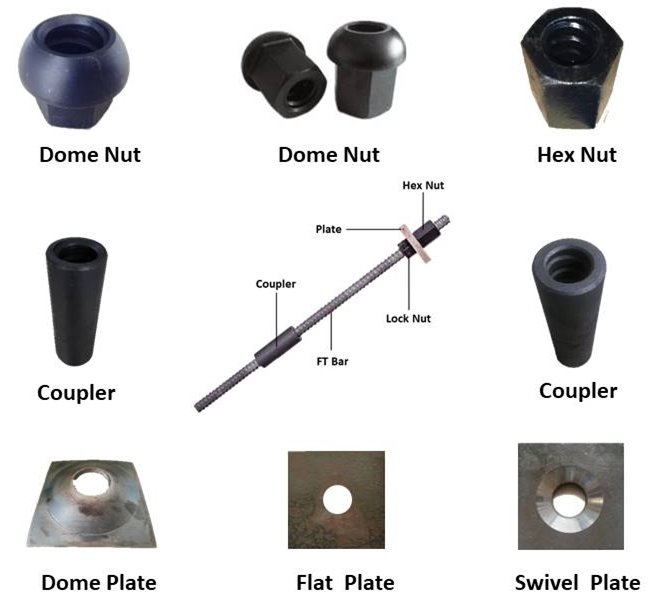In today’s modern world, there is an increasing need to minimize the amount of carbon emissions released into the environment to avoid the catastrophic effects of climate change. This is especially important in the construction industry, where large projects can have large carbon footprints. In this article, we explore some tips on how to keep your carbon footprint low in construction projects.
Tip 1: Choose the right material
One of the biggest contributors to carbon emissions in a construction project is the materials used. Therefore, it is very important to choose suitable materials that are environmentally friendly and have a low carbon footprint. Consider using recycled materials, sustainably sourced wood, or locally sourced materials to minimize carbon emissions during shipping.
Tip 2: Minimize waste
Another significant contributor to carbon emissions during construction is the amount of waste a project generates. This can come from excess material, demolition waste and packaging. To minimize waste, use a waste management system to sort and recycle on-site materials. You might also consider donating any unused materials to local charities or community projects.
Tip 3: Design for Energy Efficiency
Employing a design that prioritizes energy efficiency can significantly reduce carbon emissions during construction and beyond. Incorporate passive solar design principles such as optimal orientation, adequate insulation and efficient ventilation systems to reduce energy use. Consider using renewable energy sources like solar panels or geothermal heating systems to offset the carbon emissions of non-renewable energy sources.
Tip 4: Optimizing the construction process
Efficient workflows also help reduce the carbon emissions released during construction projects. This can be achieved by reducing the use of heavy machinery, optimizing transportation routes and minimizing project durations. Implementing lean construction practices also helps reduce material waste, time and overall carbon footprint.
Tip 5: Carbon Offset
Even with all the above efforts, some carbon emissions may still be unavoidable during the construction of the project. In this case, carbon offsets can be used to balance the carbon footprint. Carbon offsets involve investing in renewable energy projects or planting trees to reduce carbon emissions elsewhere.
In conclusion, construction projects present an opportunity to reduce carbon emissions by adopting green building strategies that prioritize energy efficiency, waste minimization, and environmentally friendly materials. Through conscious decision-making, responsible material selection and optimized work processes, we can reduce the carbon footprint of construction projects. By reducing our emissions, we can work to protect the planet and ensure a sustainable future for future generations.
Post time: May-16-2023


